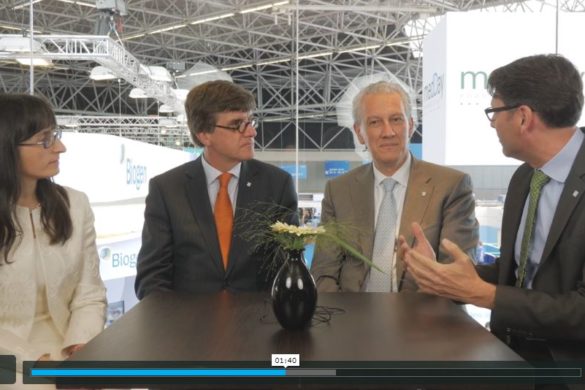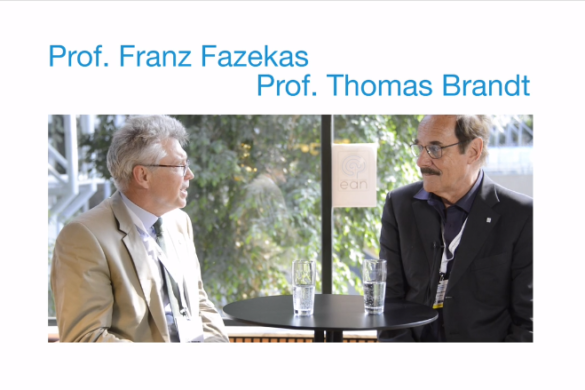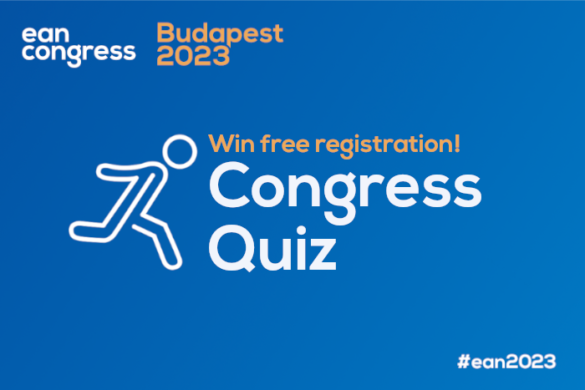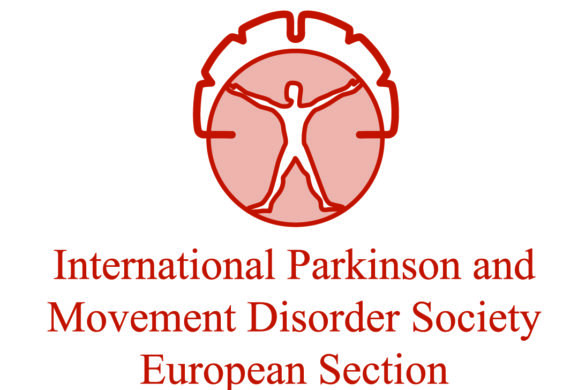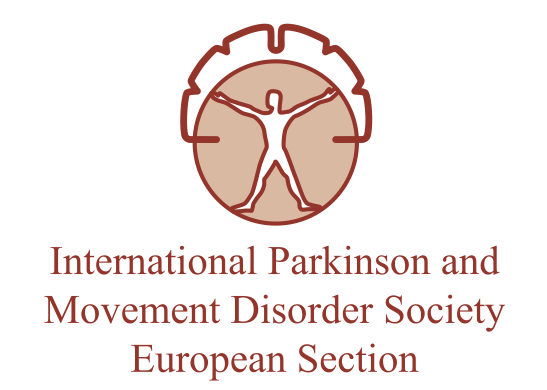Symposium 8 – New diagnostic development in epilepsy
Chairpersons:
Paul Boon Belgium
Eric Taubøll, Norway
Report by Celia Oreja-Guevara , MD, PhD, Madrid, Spain
The first lecture was given by Prof. Peltola about the new definition of epilepsy, which is closer to clinician view, helps reimbursement, supports for earlier diagnosis and encourages disease-modifying therapy. He also presented the latest proposal of the new seizure type classification. The main innovations include the changes of terminology of partial to focal seizures, divided by the presence of impaired awareness, which is referred to as dyscognitive seizure.
Prof. Boon, Chair of the EAN Programme Committee of EAN, discussed the neurophysiological assessment of the epilepsies. He stressed the importance of EEG, which remains the mainstay of functional epilepsy and diagnosis. He presented many technological innovations in this field, as for example the use of high frequencies oscillations (HFO) as a biomarker for epileptogenicity. He pointed out that MEG is a useful and complimentary diagnostic technique, which has specific advantages and drawbacks. Finally, he stressed that a normal EEG does not exclude epilepsy
Prof. Duncan covered all the new aspects of the brain imaging, which is crucial for successful epilepsy surgery and presented EpiNav a custom built software package for precise planning in epilepsy surgery.
Prof. Serratosa talked about all the genes related with epilepsy. He explained that the yield of genetic testing in epilepsy is quite high. The genetic tests help to clarify the diagnosis and prognosis and save resources.




